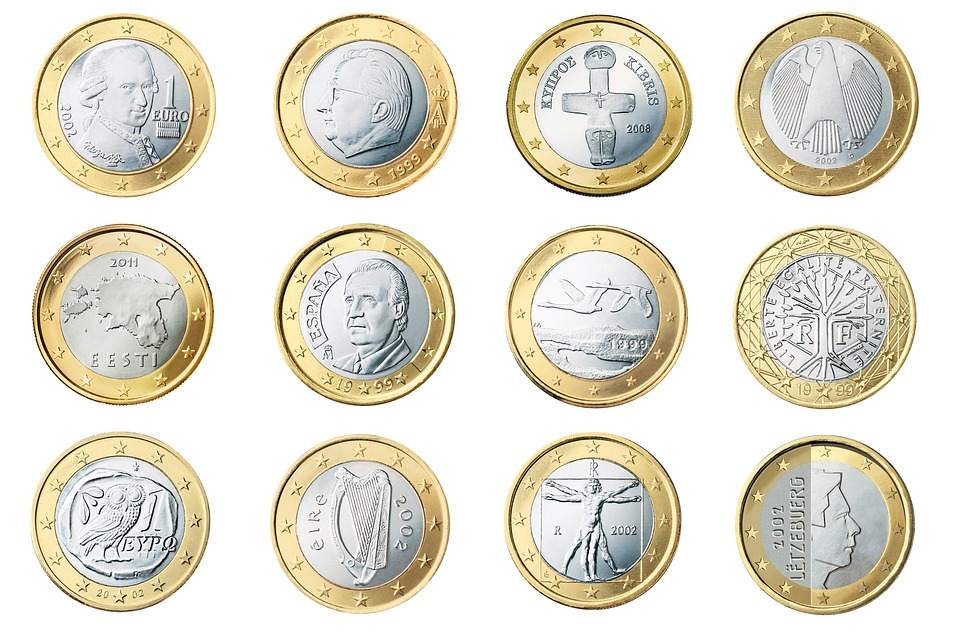In the digital age, where information is exchanged at the speed of light, the landscape of pop culture has transformed dramatically. Gone are the days when trends would take years to establish themselves; today, a simple hashtag can ignite a global movement overnight. Viral trends have become a hallmark of modern society, influencing everything from fashion and music to social issues and political discourse. This article explores the multifaceted societal impact of these phenomena, their origins, and how they shape contemporary culture.
The Birth of Viral Trends
The concept of a viral trend hinges on the rapid and wide dissemination of content through social media platforms such as TikTok, Instagram, Twitter, and Facebook. The rise of these platforms has democratized content creation, allowing users, regardless of their background or status, to be influencers. As individuals post videos, memes, or thoughts that resonate with a large audience, they often give birth to a trend almost instantaneously. Notable examples include the "Ice Bucket Challenge," the "Harlem Shake," and countless TikTok dances that have taken over social media.
Shaping Identity and Community
Viral trends often provide a sense of belonging and identity to individuals across the globe. Participating in these trends can create an instant community, uniting people under shared cultural experiences. For many, creating or joining viral movements fosters a sense of individuality while simultaneously being part of a collective. This phenomenon can be particularly powerful in fueling youth culture, shaping expressions of identity, and often leading to the emergence of new subcultures.
However, while some trends bring people together, others can unintentionally alienate or divide. The intense scrutiny that comes with viral fame can lead to instances of "cancel culture," where individuals or brands find themselves ostracized for perceived missteps. The risk of online shaming or backlash underscores the double-edged sword of social media-driven communities.
The Influence on Consumer Behavior
Virality is a potent tool for marketers. Brands harness the power of viral trends to engage consumers, often collaborating with influencers to amplify their messages. The impact on consumer behavior can be profound. Trends dictate what products are popular, which can have cascading effects across various industries. For instance, fashion brands often experience spikes in sales for items that become artifacts of viral trends, as seen with the resurgence of bucket hats or specific sneaker styles linked to TikTok trends.
Notably, the FOMO (fear of missing out) phenomenon drives consumers to engage with products associated with viral trends, prompting a cycle where trends perpetually evolve and replace one another. This cyclical nature can lead to fast fashion and a culture of disposable consumerism, raising concerns over environmental sustainability and ethical practices in production.
Activism and Awareness
One of the most significant societal impacts of viral trends is their role in social activism and awareness. A powerful example is the #BlackLivesMatter movement, which gained significant momentum online, particularly following high-profile cases of police brutality. Social media platforms became essential for disseminating information, organizing protests, and fostering discussions surrounding systemic racism and injustice.
Similarly, viral trends can facilitate awareness of various social issues, from mental health to climate change. Charitable campaigns often capitalize on this trend, using catchy hashtags and challenges to draw attention and raise funds. The combination of social engagement and viral content can lead to tangible change, showcasing the potential of modern pop culture to influence societal values and norms.
The Evolution of Art and Creativity
Viral trends are not just confined to consumer behavior or social awareness; they also usher in a new era of creativity and artistic expression. Musicians, filmmakers, and content creators draw inspiration from these trends, often incorporating elements of virality into their work. The rise of mash-ups, remixes, and collaborative projects reflects a more fluid conception of art in the digital age.
Moreover, platforms like TikTok democratize artistic expression by providing tools for creativity that are accessible to anyone with a smartphone. This shift has resulted in diverse voices and previously marginalized creators gaining visibility, helping to redefine who gets to be an ‘artist’ in contemporary society.
Conclusion
As we navigate an increasingly interconnected world, the impact of viral trends on society remains profound and multifaceted. They shape identities and consumer behavior, incite activism, and foster creativity. While the ephemeral nature of trends can sometimes lead to cultural fatigue or a fleeting sense of community, their ability to connect people globally and spur tangible change is undeniable. Understanding viral trends and their societal implications is crucial for grasping the complexities of modern culture and navigating the ever-evolving landscape of pop culture phenomena. Future trends may continue to surprise and shape us, but one thing is clear: the power of virality is here to stay.


